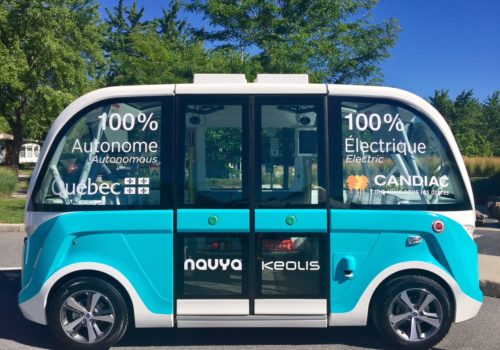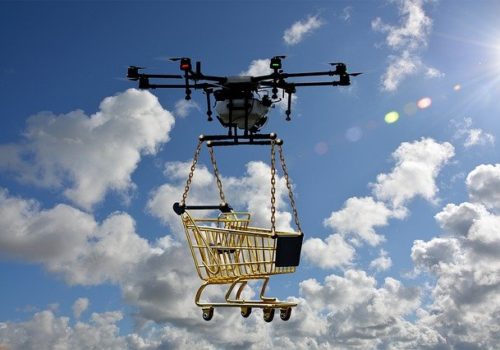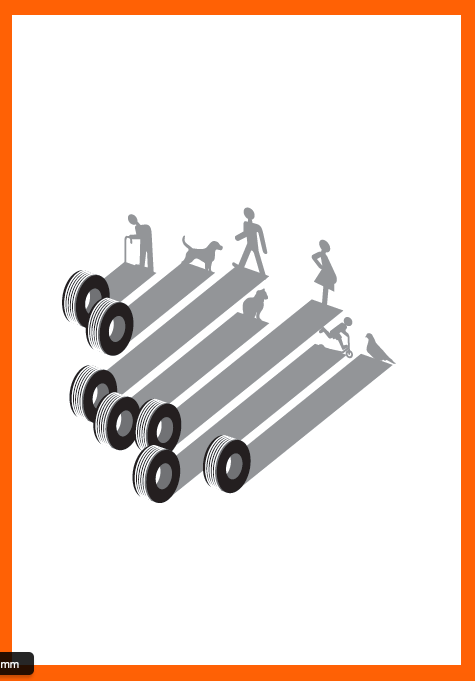- Home
- Our convictions
- Conviction #6
Conviction #6
Conviction #6
Urban congestion and cybersecurity: questions raised by the advent of autonomous vehicles
Autonomous cars are often presented as new living spaces, bona fida personal bubbles for spending a nice time, even in traffic jams. But they could also drive around empty, on a return trip, for instance, or when travelling to park further away. Such indicators are raising concerns that autosolism will rebound, or that ‘auto-nihilism’ (a car driving on its own) may even emerge!
One thing is for sure: autonomous cars will only help ease congestion in cities if trips are shared! As such, it is questionable whether it would not be better to favour fleets rather than private cars. But if the two do co-exist, will we then witness a social divide between people with access to private autonomous cars, i.e. to their very own personal bubble, and those without? What about regulation by local authorities that makes sharing compulsory?
Likewise in the skies, the emergence of taxi-drones (carrying people) or delivery drones (transporting goods) raise questions over management of urban air space, noise and visual pollution, and respect for private life. And therefore the possible congestion of urban skyways – up until now only used by birds!
Another concern is the risk of piracy. Because, in actual fact, autonomous vehicles don’t quite live up to their name: they are hyper-connected and depend on data coming from their immediate surroundings (other vehicles, infrastructure, control centre).
So, should we instead be talking about ‘driverless vehicles’? By the time they come to market, the infrastructure itself will be even more communicative: road signs, roads themselves, stations, ports, lighthouses, aerodromes, etc. will certainly play a major part in regulating the flow of autonomous vehicles. In this context, a hacking incident could have serious repercussions. Moreover, beyond the challenges posed by autonomous vehicles, cybersecurity is in itself a critical, 21st century issue for the field of mobility.
KEY FIGURES
1/3
of distances travelled by ride-hailing drivers in the US are ’empty-seaters’… seeking passengers.

+200
use cases have been established over three years for commercial drones.

3 minutes
is the time it takes to hack into a new connected object.

EXPERT EYES
Christophe Lienard and François Stephan
ILLUSTRATIONS

Connectivity and cybersecurity: a crucial issue for equipment manufacturers and start-ups
Since it is connected, an autonomous vehicle is vulnerable to cyber attacks. Furthermore, the goals and consequences of these malicious acts could be serious: data theft, takeover of vehicle control, etc. Equipment manufacturers and start-ups are working on every possible scenario.

Autonomous shuttles for the first/last mile(s)
In addition to existing public transport, several trials of autonomous shuttles, run by Keolis and Navya, are underway in areas less well-served by other modes of transport, or for the first and last miles of certain journey paths: airports, hospital grounds, or large tourist sites.

Delivery drones are becoming a reality
In Israel, delivering goods by drone is being trialled in the pilot city of Hadera. The air space is managed by a traffic command and control system dedicated to these unmanned aerial vehicles… which is itself autonomous! The National Drone Initiative was set up to improve the functionality of drones for the general public and to reduce road traffic.
SHORT STORY

Killer questions
What if tomorrow users were responsible for accidents caused by autonomous cars?
For responsible mobility, ‘seamless’ intermobility is a must
The attention economy is set to transform the mobility business model
